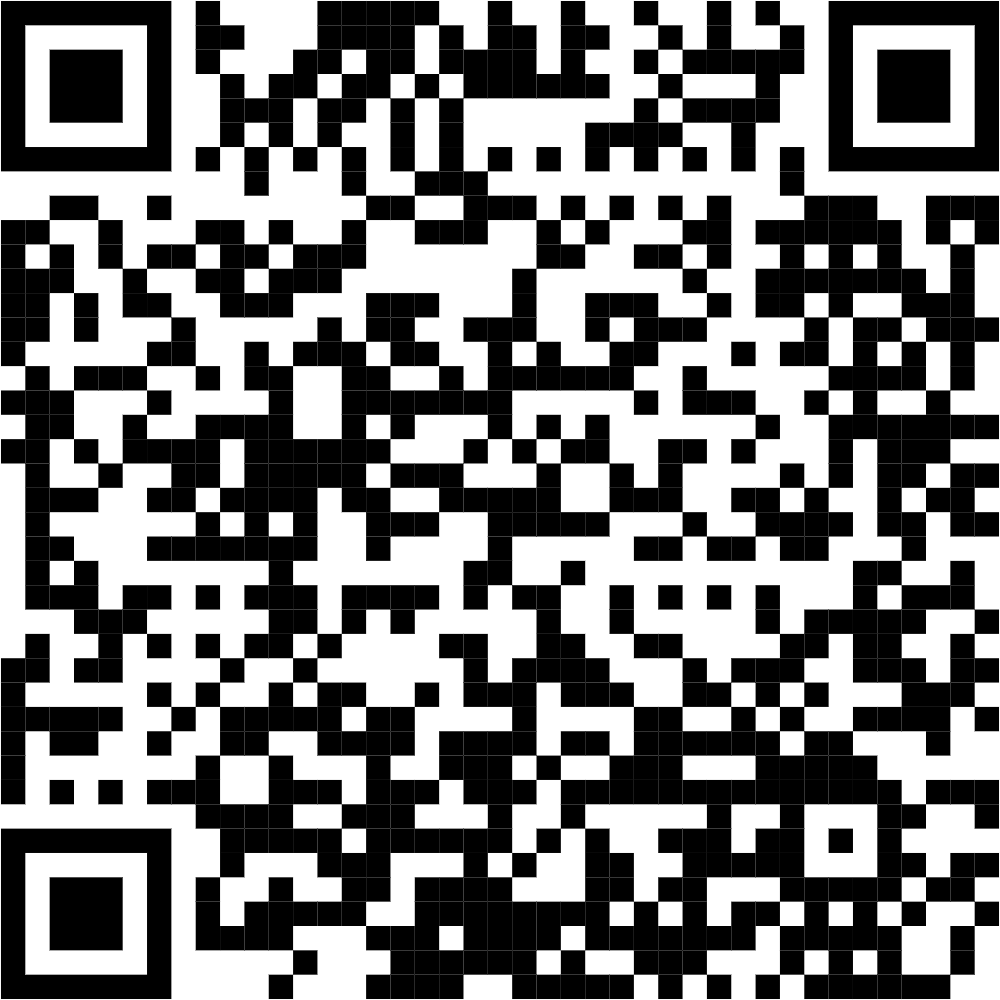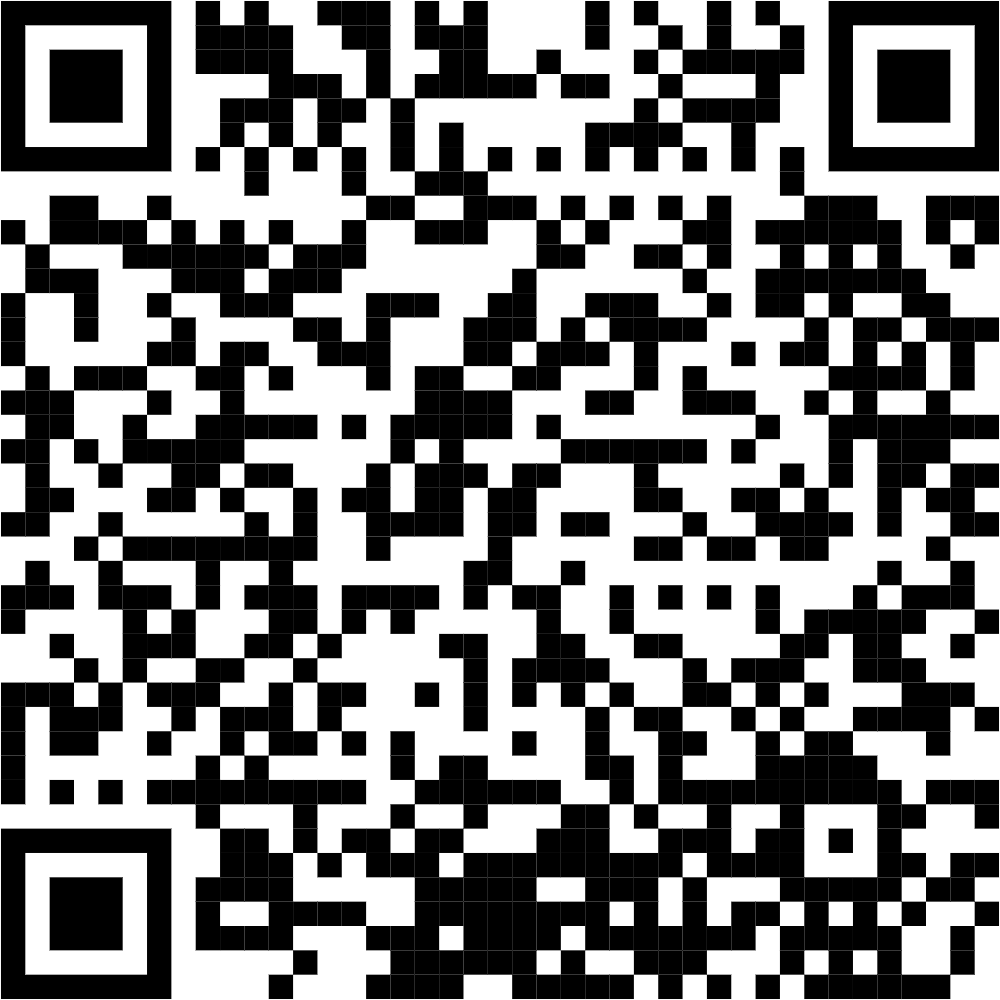PENGGUNAAN TEKNIK REVERSE LENS DALAM PEMOTRETAN FOTOGRAFI MAKRO
DOI:
https://doi.org/10.46961/jip.v4i2.101Keywords:
makro, estetika, lensa reverseAbstract
Something that we don't normally see whether because of something we rarely find or indeed we often find, but we pay less attention in depth because it might be of a size that is too small so it doesn't 'steal' our attention. Large and clear details are common when we observe things, especially objects around us. But
what if we want something that is more and less exposed because of its small size. Many simple things are used such as by bringing our eyes closer to the object to use tools such as a magnifying glass or even a microscope if it is needed. Raising a small subject is actually not unusual in the world of photography. The term photography in photography is called macro photography, which is shooting with small objects or subjects with the help of lenses or special tools so that the small-looking subject will appear large and the details of the subject will be unclear. For some people photography equipment might be considered expensive compared to mobile phones that have been equipped with cameras, especially when discussing equipment related to macro photography. Basically, macro shooting is the same as ordinary shooting, but the lens and
supporting equipment are slightly different. Especially lenses that do require a macro lens that has a tight focal point and are relatively expensive in price. But now there are many different converters for macro photography that are mounted on a normal lens, although the quality will indeed be different when we use an actual macro lens. In this study the author will put more emphasis on macro photography using the Reverse Lens technique. Reverse Lens is a technique by reversing the normal lens position and attaching it to the camera body mounting. Because reversing the lens mount requires an adapter so that it can be installed in the camera body so the shooting process will be more comfortable. Hopefully this research can provide useful results and interesting photography.
References
Allen, Elizabeth (2011) The Manual of Photography, Focal Press, Kidlington, Oxford , UK
Ajidarma, Seno. (2007) Kisah Mata, Galang Press, Yogyakarta
Atkins, Robert, (1993)Art Spoke: A Guide to Modern Ideas, Movements, and Buzzwords, 1848-1944, Abbeville Press, New York,
Drew,Helen (2005) The Fundamentals of Photography,AVA Publishing, UK.
Keimig, Lance (2010) Night Photography, Focal Press, USA
Marianto, Dwi, (2006) Quantum Seni, Penerbit Dahara Prize, Semarang.
Paulus, Edison (2011) Buku Saku Fotografi, PT. Elex Media Komputindo, Jakarta Sachari, Agus
(2002) Estetika, Makna,Simbol dan Makna,Penerbit ITB, Bandung
Soekojo, Makarios (2007) Dasar Fotografi Digital, Penerbit PT. Prima Infosarana Media, Jakarta
Soedjono, Soeprapto. (2006) Pot Pourri Fotografi. Jakarta: Universitas Trisakti.
Soedarso. Sp (2006) Trilogi Seni, PenerbitBP ISI Yogyakarta
Tjin, Enche (2011) Lighting Itu Mudah,Bukune, Jakarta
Downloads
How to Cite
Issue
Section
Citation Check
License
The Authors submitting a manuscript do so on the understanding that if accepted for publication, copyright of the article shall be assigned to Jurnal Ilmiah Publiprenuer and Politeknik Negeri Media Kreatif, Indonesia as the publisher of the journal.
Copyright encompasses exclusive rights to reproduce and deliver the article in all form and media, including reprints, photographs, microfilms, and any other similar reproductions, as well as translations. The reproduction of any part of this journal, its storage in databases and its transmission by any form or media, such as electronic, electrostatic and mechanical copies, photocopies, recordings, magnetic media, etc. will be allowed only with written permission from the Jurnal Ilmiah Publiprenuer and Politeknik Negeri Media Kreatif, Indonesia.
Jurnal Ilmiah Publiprenuer and Politeknik Negeri Media Kreatif, Indonesia. The Editorial Team makes every effort to ensure that no wrong or misleading data, opinions, or statements be published in the journal. In any way, the contents of the articles and advertisements published in the Jurnal Ilmiah Publiprenuer and Politeknik Negeri Media Kreatif are the sole and exclusive responsibility of their respective authors and advertisers.
Statement of Authenticity and Manuscript Copyright can be downloaded: here
After filling in the statement letter, please attach it as the supplementary file submission or send via e-mail: [email protected]











